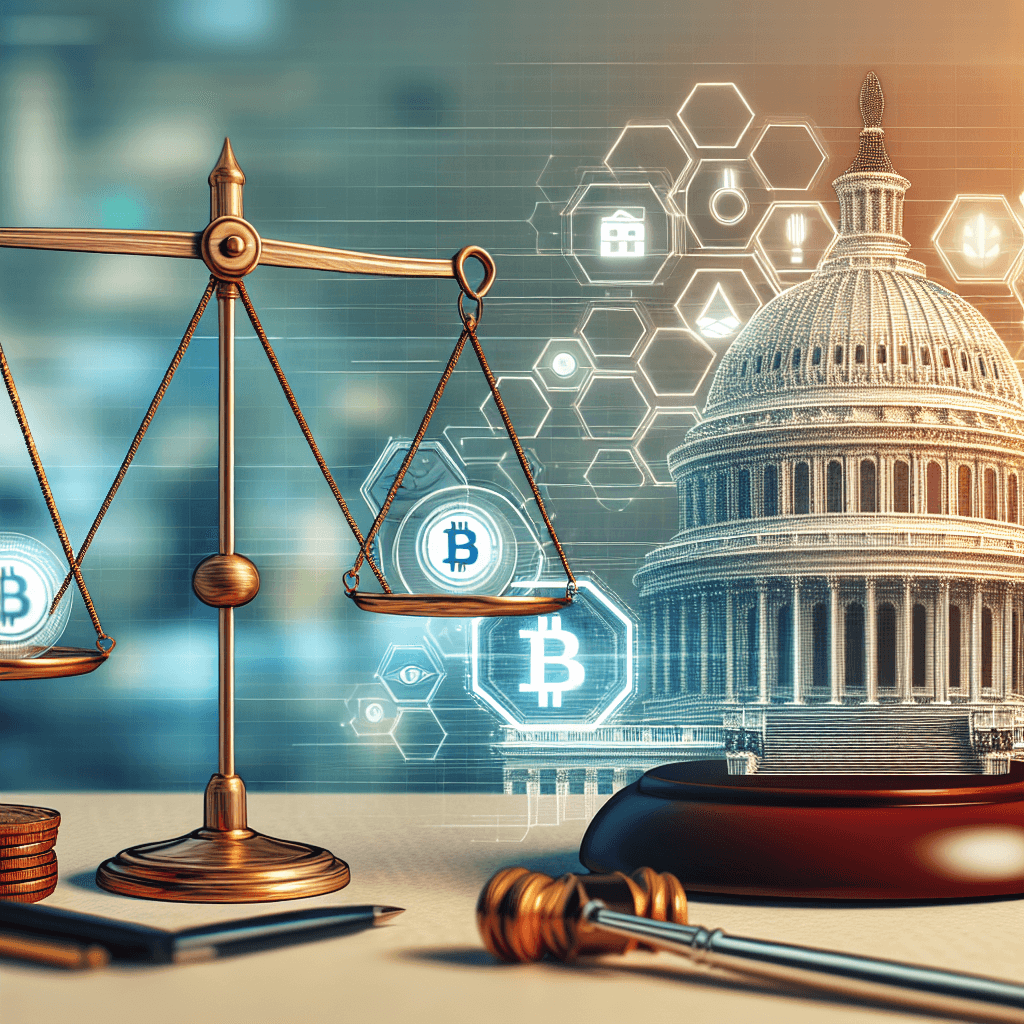Bipartisan Efforts to Regulate Digital Assets in Congress


Backed by Democrats and Republicans alike, new legislation in the U.S. House and Senate outlines comprehensive rules to govern digital assets, clarifying agency jurisdictions and establishing enforcement mechanisms. The draft bill seeks to bring stability to a rapidly evolving industry and to foster innovation within clear legal boundaries.
Background and Legislative Drivers
Lawmakers have long debated how to classify cryptocurrencies—as commodities, securities, or a distinct asset class. Recent high-profile exchange failures and volatility spikes underscored gaps in the current regulatory regime, prompting bipartisan sponsors to craft a unified framework.
Key Provisions of the Framework
- Token Classification: Defines digital asset categories (payment tokens, utility tokens, security tokens) and assigns classification criteria based on function, issuer promises, and secondary market behavior.
- Stablecoin Oversight: Requires issuers to maintain 1:1 reserves in high-quality liquid assets, subject to quarterly attestations and stress‐testing protocols.
- Licensing Regime: Establishes a federal Digital Asset Service Provider license, harmonizing FinCEN’s anti‐money laundering requirements with SEC/CFTC registration standards.
- Custody Rules: Mandates segregated reserves, regular third‐party audits, and investor protection safeguards for custodial wallets and staking services.
Agency Jurisdiction and Enforcement
The bill delineates clear roles for the Securities and Exchange Commission (SEC), the Commodity Futures Trading Commission (CFTC), and the Treasury Department’s Financial Crimes Enforcement Network (FinCEN). Key assignments include:
- SEC oversight of tokens that meet the Howey test for investment contracts.
- CFTC jurisdiction over commodity‐like tokens and derivatives trading.
- FinCEN enforcement of anti‐money laundering (AML) and know‐your‐customer (KYC) rules.
Technical Definitions and Token Taxonomy
To reduce ambiguity, the framework introduces a technical taxonomy that specifies:
- Non‐fungible tokens (NFTs): Unique digital items with metadata on a distributed ledger.
- Programmable money: Smart contracts enabling conditional payments and automated execution.
- Layer-2 solutions: Off‐chain protocols for scaling and throughput enhancements, subject to separate security audits.
Market Implications and Industry Response
Major exchanges such as Coinbase and Kraken have publicly supported the framework’s clarity. According to a recent industry survey, 72% of institutional investors said clearer rules would increase crypto allocations by 20–30% over the next 12 months.
Cross-border Coordination
Given the global nature of digital assets, the bill calls for cooperation with international bodies, including the Financial Action Task Force (FATF) and the International Organization of Securities Commissions (IOSCO). Provisions encourage data‐sharing agreements to monitor cross-border flows and to harmonize licensing standards.
Next Steps in the Legislative Process
The bill has been referred to the House Financial Services Committee, with a markup session scheduled in early September. Sponsors expect floor votes in both chambers before year-end, aiming to reconcile House and Senate versions in a conference committee.
“This framework strikes the right balance between fostering innovation and protecting investors,” said Jane Miller, partner at a leading crypto law firm. “It addresses systemic risk without stifling progress.”
Expert Opinions
John Lee, an economist specializing in digital finance, notes that the clear separation of agency roles could reduce regulatory arbitrage. “By assigning tokens explicitly to either the SEC or CFTC, the bill minimizes overlap and legal uncertainty,” he said.
Tags: digital assets, regulatory framework, cryptocurrency, blockchain